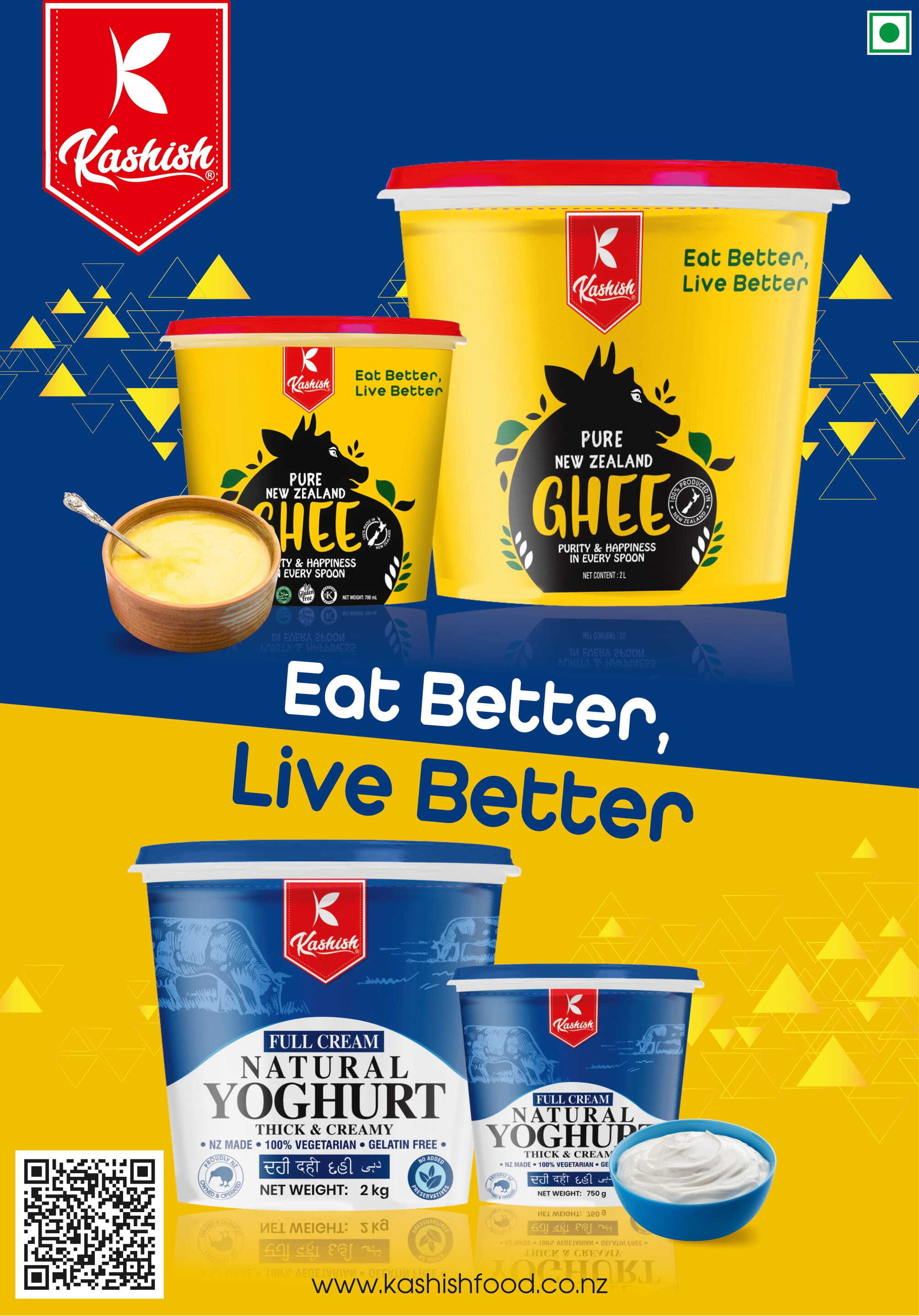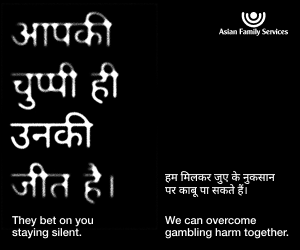Rise Of Scaled On-Brand Production

The ability of an organization to create content and experiences at scale without losing its unique identity has become a strategic lodestar in todays volatile, fiercely competitive, and attention-starved marketplace.
"Scaled on-brand production" is more than just a catchphrase; it's the magic that makes a startup act like a conglomerate and a conglomerate act like a start-up.
According to a 2024 Gartner report, 83% of consumers now expect consistent brand messaging across all channels, but only 27% of organizations say they successfully deliver it.
This highlights the imperative. For those who are adept at producing scalable,
on-brand content, whether for digital experiences, packaging, or advertising, the gap between aspiration and execution offers a huge opportunity.
Take Starbucks as an example.
It uses a strict, time-bound, yet locally flexible production model to coordinate the global roll-out of its store formats, menu displays, and social media content. The outcome? From Seattle to Surat, a brand that feels both intimate and pervasive. Similar to this, Nykaa in India uses cloud-based creative platforms that allow thousands of digital assets to be created, reviewed, and published quickly without falling victim to the Frankenstein's monster of inconsistency, even though the company operates across a variety of categories and geographical areas.
Here, technology is the unsung hero. An industrial yet sophisticated assembly line of branded content is taking the place of the artisanal one-off thanks to digital asset management (DAM) systems, Al-powered copy generation, and programmatic design tools.
According to a 2023 McKinsey study on marketing operations, companies that implemented such systems saw a 25% increase in consumer recognition metrics and a 40% improvement in campaign time-to-market.
The ability of an organization to create content and experiences at scale without losing its unique identity has become a strategic lodestar in todays volatile, fiercely competitive, and attention-starved marketplace.
"Scaled on-brand production" is more than just a catchphrase; it's the magic that...
The ability of an organization to create content and experiences at scale without losing its unique identity has become a strategic lodestar in todays volatile, fiercely competitive, and attention-starved marketplace.
"Scaled on-brand production" is more than just a catchphrase; it's the magic that makes a startup act like a conglomerate and a conglomerate act like a start-up.
According to a 2024 Gartner report, 83% of consumers now expect consistent brand messaging across all channels, but only 27% of organizations say they successfully deliver it.
This highlights the imperative. For those who are adept at producing scalable,
on-brand content, whether for digital experiences, packaging, or advertising, the gap between aspiration and execution offers a huge opportunity.
Take Starbucks as an example.
It uses a strict, time-bound, yet locally flexible production model to coordinate the global roll-out of its store formats, menu displays, and social media content. The outcome? From Seattle to Surat, a brand that feels both intimate and pervasive. Similar to this, Nykaa in India uses cloud-based creative platforms that allow thousands of digital assets to be created, reviewed, and published quickly without falling victim to the Frankenstein's monster of inconsistency, even though the company operates across a variety of categories and geographical areas.
Here, technology is the unsung hero. An industrial yet sophisticated assembly line of branded content is taking the place of the artisanal one-off thanks to digital asset management (DAM) systems, Al-powered copy generation, and programmatic design tools.
According to a 2023 McKinsey study on marketing operations, companies that implemented such systems saw a 25% increase in consumer recognition metrics and a 40% improvement in campaign time-to-market.











Leave a Comment